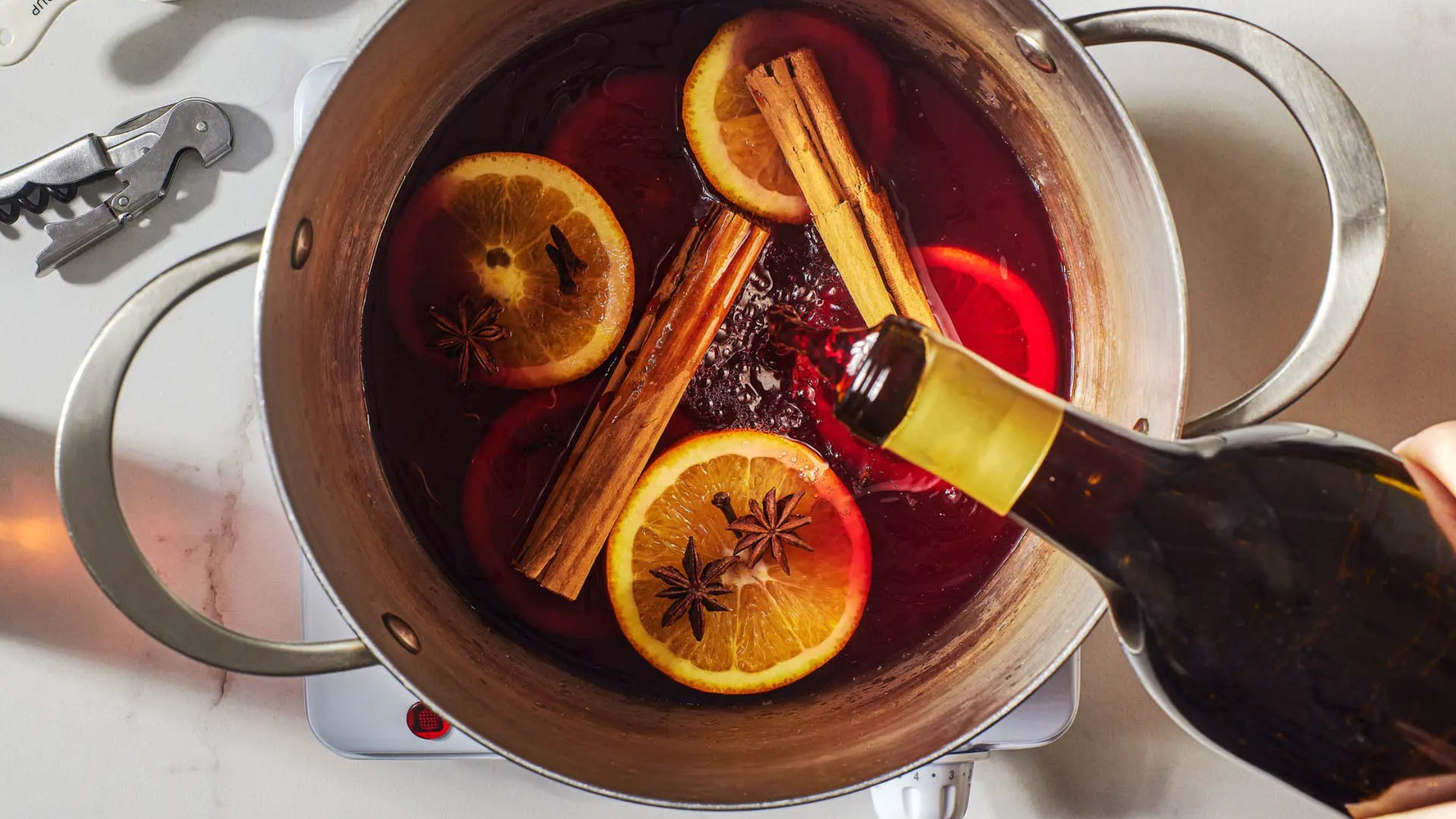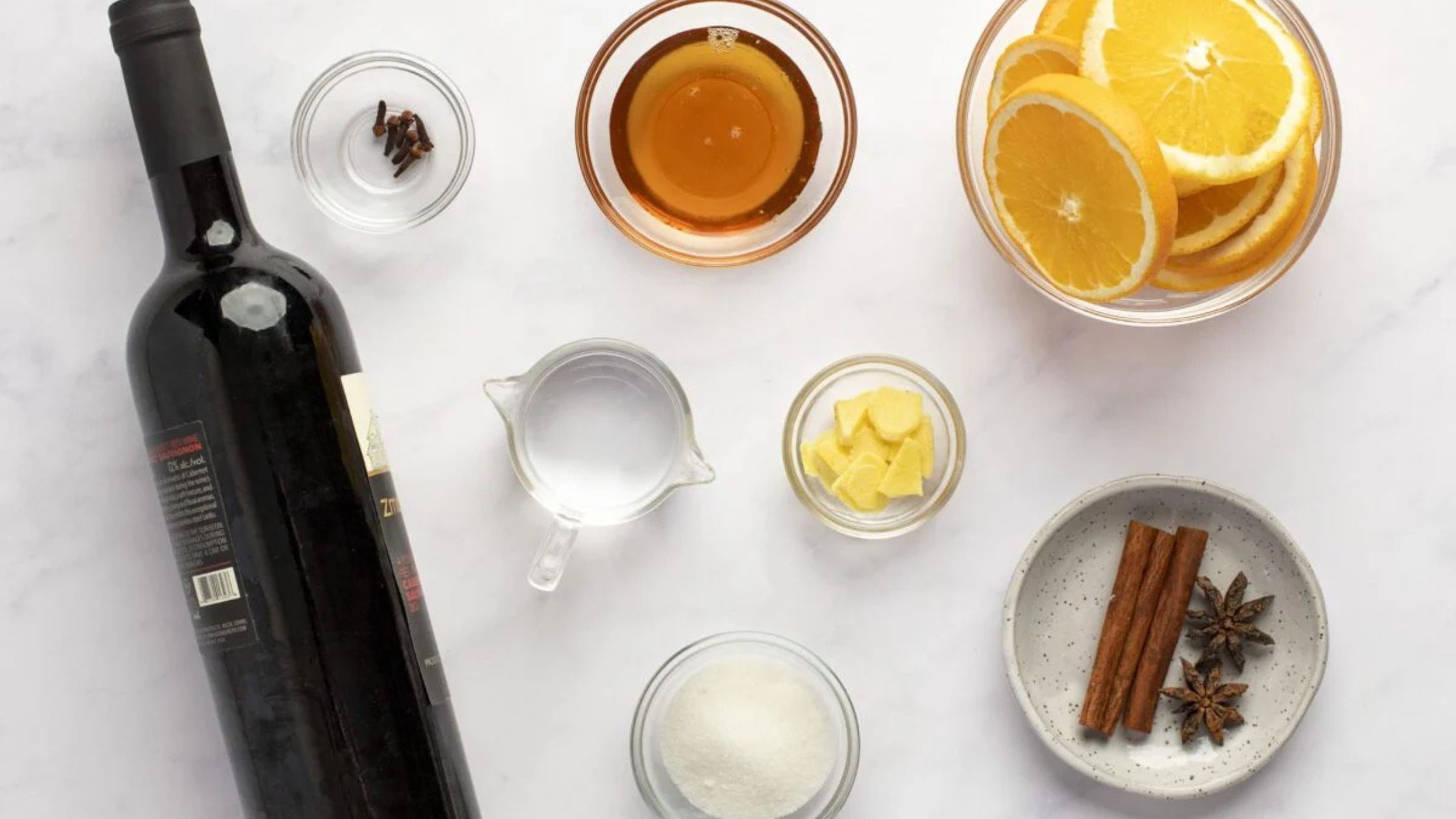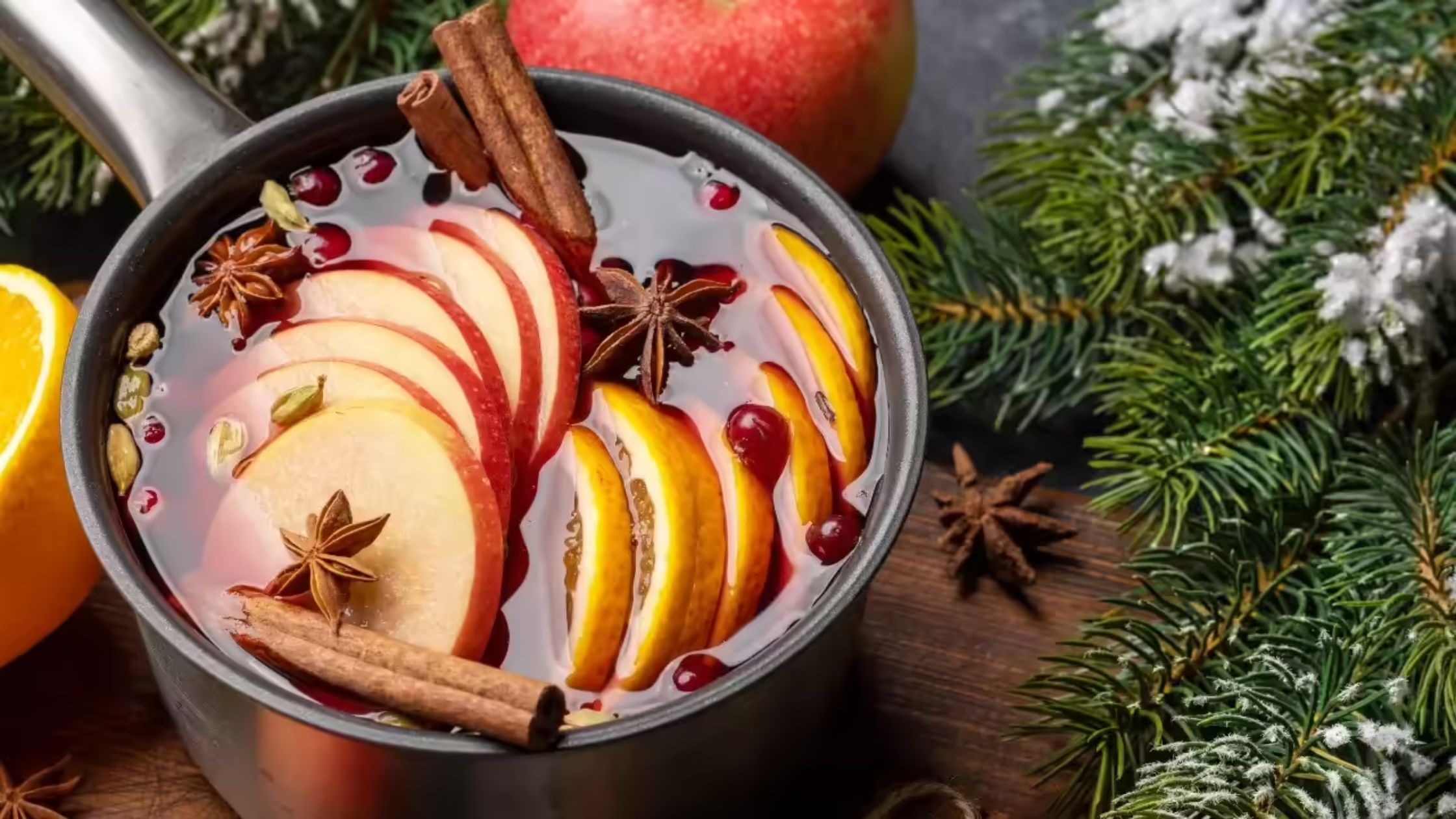Best Liquor Under ₹10,000 for a Perfect New Year 2026 Party
2025-12-05


There's something cozy and innately good about holding a steaming mug of mulled wine on a chilly evening. Just the aroma, with hints of cinnamon, cloves, citrus, and red wine, brings memories of Christmas markets, crackling fires, and holiday cheer.
But mulled wine has not always been synonymous with Christmas. In fact, mulled wine has been warming hearts and bodies for almost 2,000 years. The history stretches back to the Roman Empire, where mulled wine was invented not as a beverage of leisure and delight but as a concoction to protect the body against the cold and to improve health.
Today, whether it’s called Glühwein in Germany, Glögg in Sweden, or simply mulled wine in England, this spiced drink has become known for holiday celebrations and hospitality. Let’s explore its interesting history, discover its traditional ingredients, and learn to make the best version at home.
.jpg)
The story of mulled wine begins in the 2nd century CE, when the Romans, known for their innovations in cuisine, architecture, and trade, began heating wine with spices and sweeteners. This practice wasn’t just for pleasure; it was rooted in the Roman belief that spiced, warmed wine had healing properties and helped preserve health during the cold months.
One of the first documented recipes can be found in the Roman cookbook “De re coquinaria” (The Art of Cooking), which was attributed to Apicius. The drink is called Conditum Paradoxum (literally "surprise spiced wine"). This drink contained red wine, honey, pepper, laurel, saffron, and dates, a rich combination representative of the Roman view of bold flavors.
As the Roman Empire spread throughout Europe, so did its cooking practices. Wherever Roman legions settled, from Britain to Gaul to the Rhine, the idea of hot spiced wine became established, gradually evolving to harness local tastes and available ingredients.
During the Middle Ages, spiced wine morphed into Ypocras or Hippocras in England and France, named after the Greek physician Hippocrates, as the drink was thought to be beneficial for digestion and balancing the humors of the body, based on medieval medical theory.
Recipes that described this new drink were from the 14th and 15th centuries, and consisted of red wine, sugar, and exotic spices - cinnamon, ginger, cloves, nutmeg, galangal and grains of paradise - all of which were imported from Asia and Africa due to expensive trade routes.
It was frequently presented at royal banquets and festive feasts and passed through a cloth "Hippocrates' sleeve" to eliminate the solids, hence the name. Besides its purported medicinal use, it became a sign of sophistication and status.
As commerce and the movement of people spread throughout medieval Europe, different areas began to put their own spin on spiced wine, and by the Renaissance, it became connected to celebrations in winter and Christmas feasts. In the cold northern countries of Germany, Austria, and Scandinavia, the idea of warming wine began to have a practical, as well as a cultural, significance.
In this region, the idea of Glühwein (literally “glow wine”) developed, which is red wine warmed with spices, citrus, and sugar, often with some addition of brandy or schnapps for a bit more heat.
By the 19th century, as Christmas markets gained popularity across Europe, Glühwein was sold in steaming mugs to shoppers browsing the festive stalls. The pairing of spiced wine with Christmas cheer was forever established.
In Sweden, Glögg developed as a tradition similar to Glühwein, but with local accents including raisins, almonds, and cardamom. In fact, to this day, bottles of Glögg appear in Swedish supermarkets every December to mark the advent of the holiday season.

At its heart, mulled wine is simple, but its charm lies in balance. The right combination of wine, spice, citrus, and sweetness can turn an ordinary red wine into something extraordinary.
Here’s a closer look at the classic components:
The base of any great mulled wine is, naturally, the wine itself. A dry to medium-bodied red works best. Think Merlot, Cabernet Sauvignon, Shiraz, or Zinfandel, wines that are fruity but not overly tannic.
Avoid expensive bottles; the heat and spices will dominate the subtler notes. Instead, choose a quality but affordable red you’d enjoy drinking on its own.
Spices are the soul of mulled wine. Traditional choices include:
Each spice plays a role, too much of one can overpower the rest, so balance is key.
Orange is the classic choice, lending brightness and acidity to cut through the sweetness. Some recipes also include lemon or even grapefruit for a sharper edge.
Honey, sugar, or maple syrup helps soften the wine’s acidity and tie the flavors together. Romans used honey, and many modern recipes still do; it adds floral notes that complement the spices beautifully.
For an extra kick, many traditional Glühwein recipes include a shot of brandy, rum, or port. This not only boosts the alcohol content but also adds body and flavor depth, perfect for a cold evening.
.jpg)
If you want to recreate the classic winter magic at home, here’s an authentic and balanced recipe that’s easy to make and guaranteed to impress.
Optional: small piece of fresh ginger or nutmeg
Strain and serve: Pour into mugs or heatproof glasses, garnishing with orange slices or cinnamon sticks.
Serve your mulled wine warm, not piping hot. It should comfort, not scorch, the palate. Pair it with gingerbread cookies, roasted nuts, or festive desserts for a complete winter indulgence.
Mulled wine has many cousins around the world, each reflecting local tastes and traditions.
Essentially a Christmas market classic, Glühwein contains red wine, sugar, cinnamon, and cloves. A stronger version is called Feuerzangenbowle, which consists of a rum-soaked sugar loaf that is set on fire to burn off some of the alcohol before it caramelizes and drips down into the Glühwein. While it is certainly delicious to drink, it is also a spectacular centerpiece at holiday gatherings.
Swedish Glögg includes almonds, raisins, and sometimes vodka or aquavit. It’s often served with gingersnapsand other Christmas pastries.
In France, vin chaud is lighter and less sweet, often made with citrus peel and sometimes white wine.
In Britain, mulled wine became a Christmas essential during the Victorian era, thanks to writers like Charles Dickens, who mentioned it in A Christmas Carol. It’s typically richer and more spice-forward than its continental cousins.
In countries like the Czech Republic and Slovakia, hot wine known as svařené víno is served in markets, often with a hint of lemon and honey.

Much of the perennial fascination with mulled wine stems from its sensory interaction. The heat aids in the aroma being released, while the spices impact both taste and smell.
Spices such as cloves and cinnamon contain compounds (eugenol and cinnamaldehyde, respectively) that stimulate sensory receptors tied to warmth and pleasure. The combination of the ethanol's vasodilating property (making blood vessels expand) creates a figurative and literal warmth throughout the body.
There’s also a nostalgic component: the aroma of mulled wine is tightly associated with winter holidays, family gatherings, and comfort, making it emotionally evocative as well as physically warming.
Bonus Read: Why November Is the Perfect Time to Start Fermenting Your Holiday Wine
While traditional recipes remain timeless, creative variations have emerged for modern drinkers.
These versions prove that while mulled wine’s roots are ancient, its adaptability keeps it relevant in every era.
Beginning with healers in ancient Rome through the raucous revelry in modern day Christmas festivities, mulled wine has stood as a symbol of warmth, togetherness, and comfort for nearly two thousand years. It crosses cultures, eras, and customs, proving once again how ordinary ingredients can tell an extraordinary story.
So this winter, as you tip back a steaming cup of spiced wine, you are not only enjoying that drink. You are participating in a living tradition of warmth and comfort, traveling through time from Roman villas to Christmas celebrations, sharing the same promise of warmth and happiness.
Raise your mug to history, to good company, and to the simple magic of mulled wine, the drink that has been bringing people together for 2,000 years.